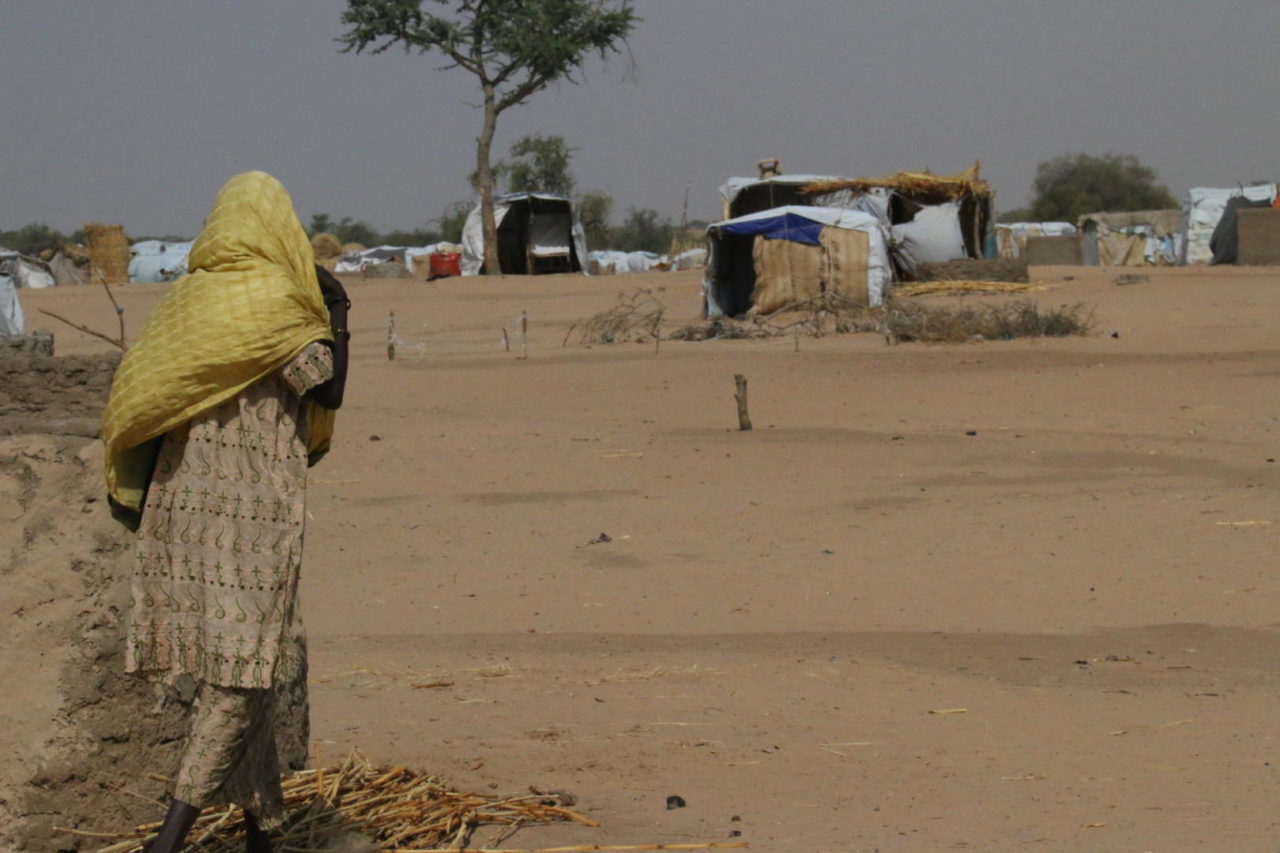
KATHMANDU, Nepal (April 28, 2015) — World Vision is rushing supplies to those in need in Nepal, days after an earthquake hit the country, causing widespread death and damage. Approximately 4,000 lives have been lost and 8 million people have been affected by the quake. Many are in need of immediate help including food, water and temporary shelter. The death toll is expected to rise as response teams continue to trek to the most remote areas near the epicenter.
“We know the clock is ticking for those impacted by the earthquake in some of the most remote areas — aid is a matter of life or death for many at this point. Our staff — as part of the humanitarian effort — are pushing to deploy aid under extreme conditions, well aware of that urgency,” said Phillip Ewert, operations director for World Vision in Nepal. “World Vision staff have been distributing items while they themselves are still sleeping in tents at night.”
World Vision has distributed supplies that were pre-positioned in Nepal including 1,000 tarps and 600 blankets in Bhaktapur, one of the worst hit areas in the quake. Over the coming days World Vision is working to meet the immediate needs of 100,000 people providing first aid kits, sleeping mats, blankets, water, temporary shelter and protection for children. Hundreds of tarps are due to be distributed in Sindhuli.
Meanwhile the next round of distributions will depend on relief supplies airlifted in from Dubai. The organization is waiting for relief cargo to arrive in Nepal. Shipments include 5,000 tarpaulins, that are loaded and waiting to fly. But at the moment, flights are having difficulties landing with the airport highly congested and continued aftershocks as just a few of the challenges.
The rush to bring aid to Nepal comes as international relief organizations are particularly stretched thin with several large-scale, long-term disasters worldwide. Syria and other conflict areas like South Sudan and the Central African Republic have created a situation where there are more refugees in need of aid worldwide than there have been at any time in history since World War II.
“We are facing an unprecedented situation where staff who specialize in key areas like protecting children and providing clean water and hygiene are in demand all over the world. At the same time funding is barely meeting the needs for many of these long-term disasters like Syria. We worry that with this newest crisis, there will be even less aid available to those so desperately in need in many of the world’s forgotten crises,” said Chris Palusky, vice president of humanitarian and emergency affairs.
– END –
On-the-ground interviews are available with World Vision staff. Please contact Lauren Fisher 24×7 at +1.2.06.310.5476.
Latest photos of the impact in Kathmandu and World Vision assisting are available here.
Latest photos of World Vision’s supply warehouse in Dubai sending items to Nepal available here.
About World Vision:
World Vision is a Christian humanitarian organization conducting relief, development, and advocacy activities in its work with children, families, and their communities in nearly 100 countries to help them reach their full potential by tackling the causes of poverty and injustice. World Vision serves all people regardless of religion, race, ethnicity, or gender. For more information, please visit www.WorldVision.org/media-center/ or on Twitter @WorldVisionUSA.
Highlights
- Route to get aid to those most in need includes congested airports, impassible roads, remote villages multiple days’ walk away.
- Aid system is already stretched thin with humanitarian crises in Syria, South Sudan and with recent Cyclone Pam.
- World Vision has been in Nepal for more than a decade, prepared for the ‘big one’ in Nepal with training for communities, pre-positioned supplies.